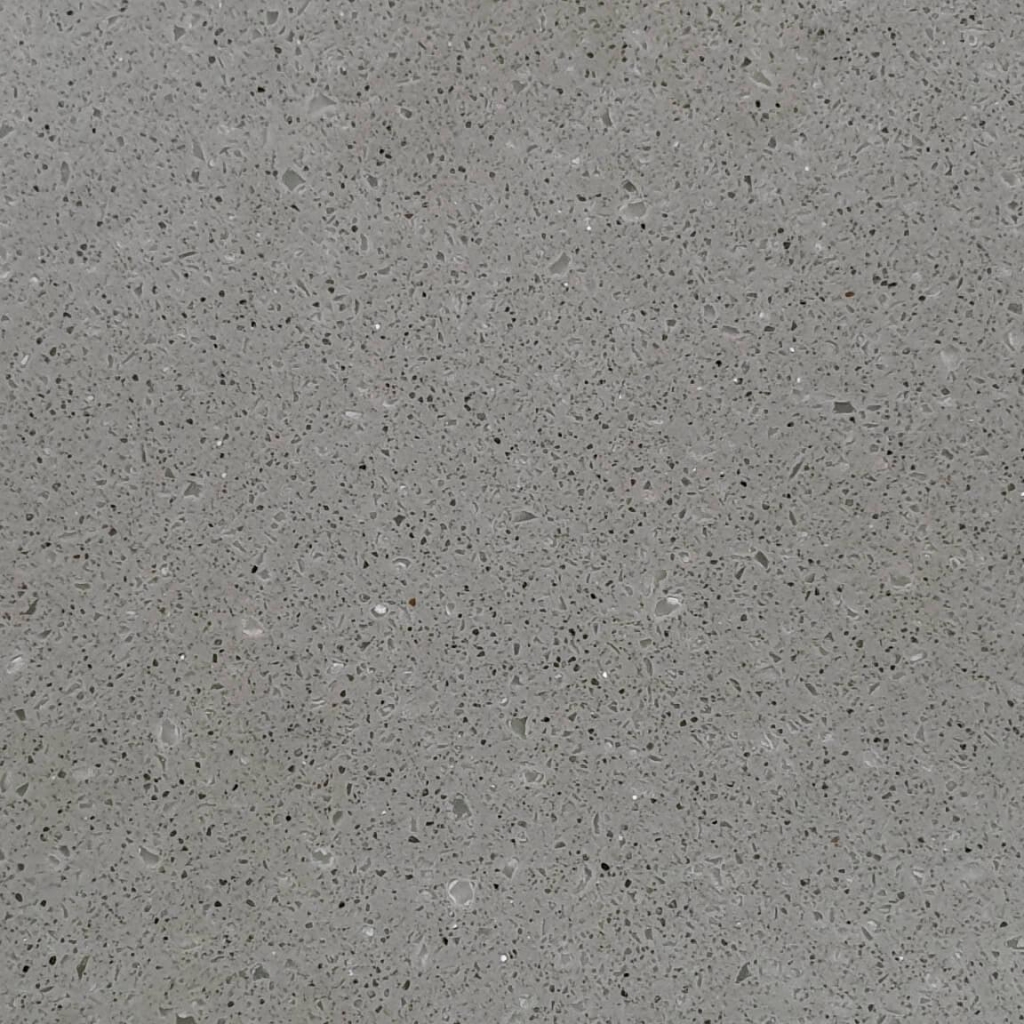|
When it comes to choosing materials for decoration, marble is often a popular option. But what are the differences between artificial marble and natural marble? Today, let's analyze them in detail.

1. Appearance
Natural marble has unique natural textures and color variations. Each piece is like a work of art carefully crafted by nature. For example, the classic Carrara white marble has elegant gray veins spreading freely on its white background, exuding a noble and pure aesthetic, which can add a strong artistic atmosphere and luxurious texture to the space. It is often used for the decoration of the floors and walls in high-end hotel lobbies and luxury villas.
Artificial marble has relatively uniform and regular textures and colors. It can imitate many classic patterns of natural marble. Moreover, due to being artificially manufactured, it offers a wider variety of color choices. It can even create some colors that are rare in natural marble, such as some bright and stylized hues. For interior designs that pursue personalization, modern simplicity or specific color combinations, artificial marble can better meet the requirements. For instance, it is quite suitable for kitchen countertops in fashionable modern apartments and washbasins in brightly colored bathrooms.
2. Physical Properties
Natural marble has relatively high hardness, but its texture is relatively brittle. When subjected to strong impacts or collisions with sharp objects, it is prone to cracks or even breakage. Its internal structure has a certain porosity, which makes it have a certain water absorption capacity. If it is in a humid environment for a long time, problems such as color bleeding, discoloration and mold growth may occur. Therefore, when it is used in humid areas such as bathrooms and kitchens, strict waterproof and anti-fouling treatments are required.
Artificial marble has been processed during the production process, and its internal structure is more compact and uniform. Generally, it has better toughness and is relatively less likely to break. It is more durable in daily use. Moreover, its water absorption is extremely low, almost non-absorbent. This enables it to maintain good performance in humid environments and is not easily eroded by water. For places that often come into contact with water, such as kitchen countertops and bathroom cabinet surfaces, artificial marble shows outstanding stability and durability.
3. Price
Due to the scarcity of natural marble resources and the complexity of its mining and processing, the price of natural marble is generally high. Especially for some imported high-quality natural marble varieties, the price per square meter may reach several thousand yuan or even tens of thousands of yuan. For example, the Brazilian Blue Diamond marble, with its unique blue crystal veins, has become a treasure among stones and is very expensive. This makes the application cost of natural marble in large high-end commercial spaces or high-end residential projects relatively high.
The production cost of artificial marble is relatively low. The raw materials are widely sourced, and the production process is relatively simple. So the price is more affordable. Generally, the price per square meter ranges from several hundred yuan to one or two thousand yuan. For ordinary household renovations or small and medium-sized commercial place renovations with limited budgets or large areas of stone use, artificial marble is a cost-effective choice. It can effectively control the decoration cost while ensuring a certain decorative effect.
4. Environmental Protection
Natural marble is a product of nature. Generally, there is no problem of harmful chemical substances being released. However, during the mining and processing processes, if unreasonable techniques are adopted or some chemical additives are used, it may bring certain environmental pollution and radiation problems. Nevertheless, as long as the natural marble products are purchased through formal channels and meet the national standards, their radioactivity is usually within the safe range and can be used with confidence.
Artificial marble uses some chemical materials such as resins and adhesives in the production process. If the manufacturer uses inferior raw materials or irregular production processes, it may cause artificial marble to release harmful gases such as formaldehyde and benzene during use, which will affect the indoor air quality and the health of residents. Therefore, when choosing artificial marble, it is necessary to choose products with quality assurance and that meet environmental protection standards and check the relevant test reports.
In conclusion, both artificial marble and natural marble have their own advantages and disadvantages. When making a choice, you need to consider factors such as your decoration style, budget, usage scenarios and performance requirements, weigh the pros and cons, and then make the choice that suits you best. I hope this article can help you avoid detours in the process of choosing decoration materials and create the ideal home space!
|